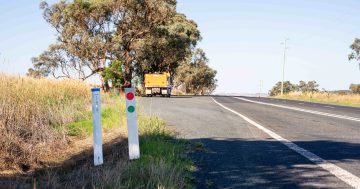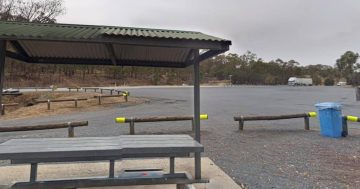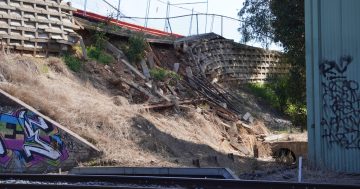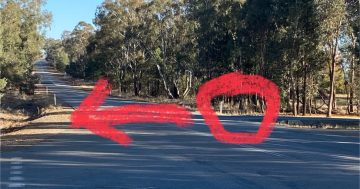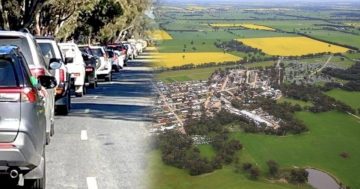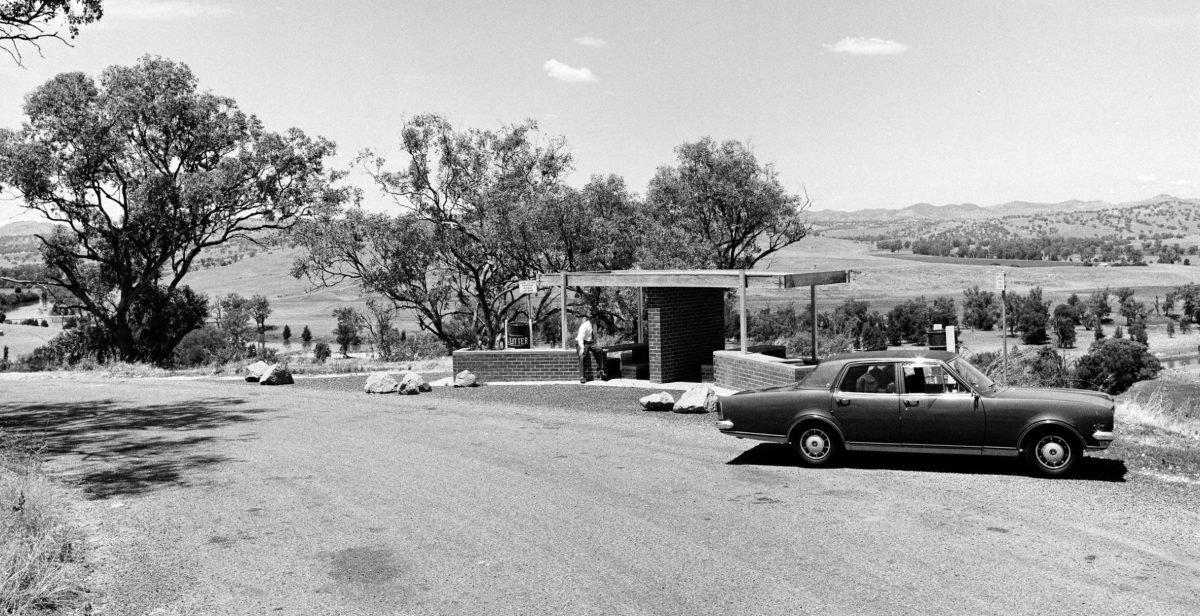
1971 Hume Highway rest area south of Jugiong. Photos: Transport for NSW.
Back in the last century, when a family piled into the station wagon for the summer holidays, the roadside rest stops with their concrete tables and 44-gallon-drum bins were a vital part of the journey.
To celebrate these iconic Aussie roadside monuments and to encourage modern motorists in their climate-controlled bubbles to remember to take a break, Transport for NSW has released an album of 60 historical rest stop images.
Today’s kids on a family trip to the beach can recline in air-conditioned comfort as they watch movies, play video games and mentally check out in front of a screen as the landscape rushes past unnoticed through tinted windows.
They will never know the dubious joys of being wedged between siblings on sweat-sticky vinyl seats in the back of the Kingswood, windows down, a cassette blaring or the cricket on the radio and only a game of ‘I spy’ to break the monotony.
Back in the 20th century, you didn’t stop for lunch in a quaint village cafe or a highway food court. Mum would pack an Esky with cheese and vegemite or tuna sandwiches, a premixed bottle of Cottees cordial and a thermos of International Roast for Dad.
For lunch, you’d pull over at an appropriate rest stop, settle in on a concrete bench under a shady coolabah tree and munch on sangas that were likely to be wet from the melted ice at the bottom of the Esky.
It was a chance to stretch your legs, give your ears a break from the roar of the wind (and Credence Clearwater Revival) and watch the bull ants collect crumbs on the table and the crafty crows close in on your picnic.
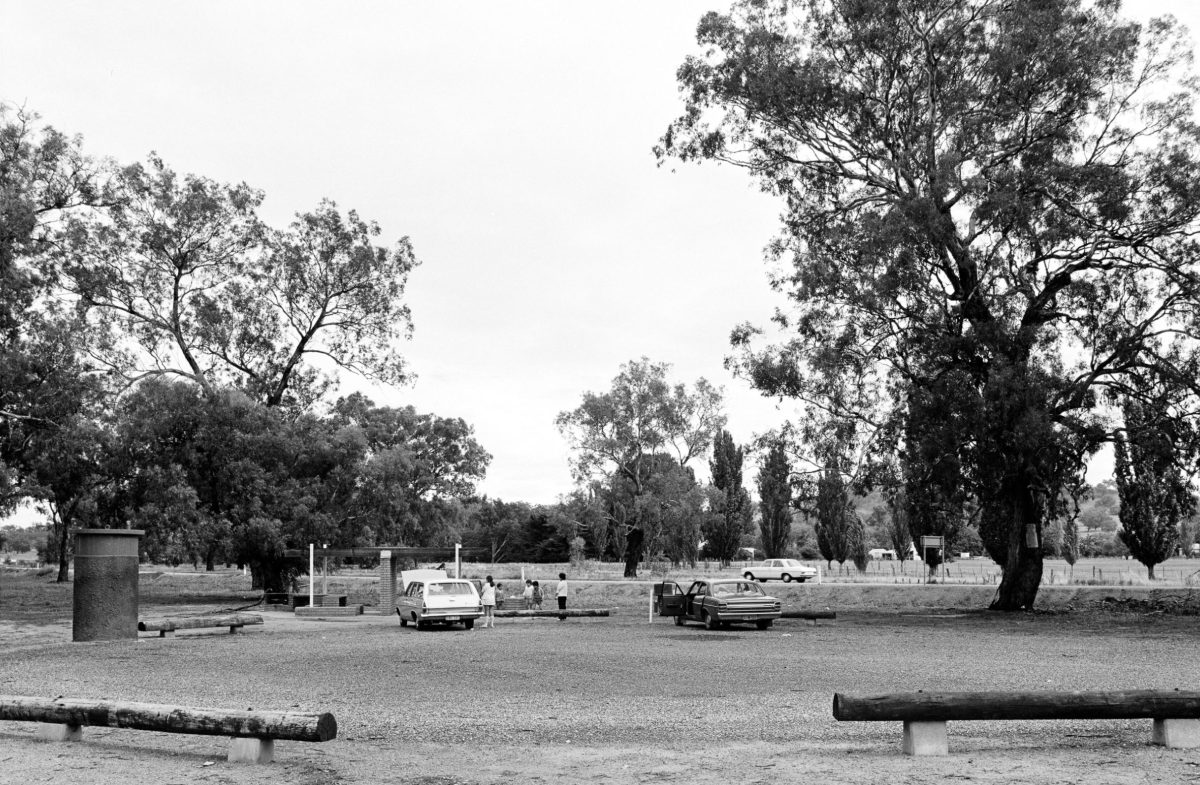
1973 Hume Highway rest area at Mullenjandra Creek.
While some of the old infrastructure remains, many rest stops have seen significant upgrades to include barbecue facilities, playgrounds and toilets.
Transport for NSW numbers the state’s public rest stops at 751 and maintains more than 550 of them.
The black and white film photographs released this week go back as far as the 1950s, and capture a glimpse of the cars and fashion of a bygone era.
The images are being released to the Transport Historic Assets Library as part of a major project to digitise an archive of 300,000 analogue photographs, created by the former Department of Main Roads.
“It’s been a joy to explore the nostalgia of these retro rest stop photographs by sharing their history and contribution to placemaking in New South Wales through Transport’s own archive,” said Transport for NSW Senior Project Manager Holly Schulte.
“We have thousands of photographs showcasing the building and updates to many of Transport’s most iconic assets, including bridges, roads, railways, wharves and the people at the forefront of these monumental projects. It’s incredibly exciting that we’re now starting to preserve and release digital assets to the public.
“We are a small team of highly skilled collection specialists with a big passion for preserving and sharing history.”
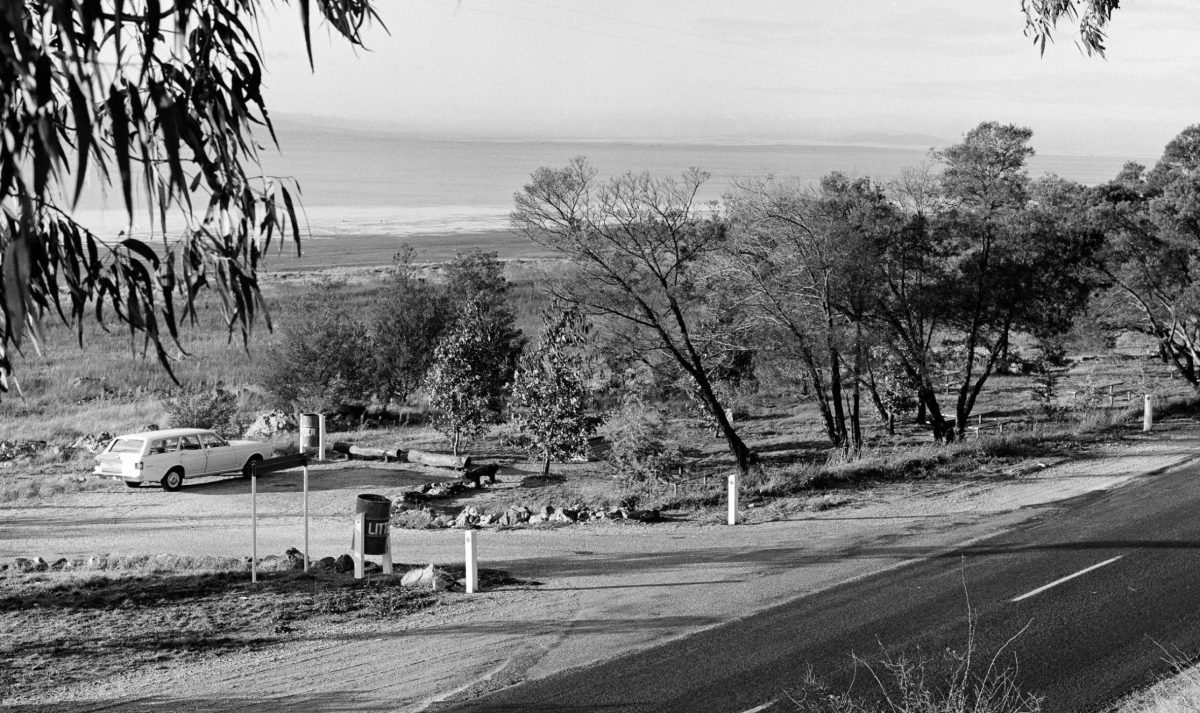
1971 Federal Highway rest area at Geary’s Trig, south of Goulburn.
The collection stretches from Goulburn to Gundagai, Cooma to Coonamble, Bourke to Booligal, Mittagong to Minnamurra, Yanderra to Yass, plus Parkes and Warren and highways including the Hume, Princes, Monaro, Pacific, Castlereagh, Sturt, Newell, New England, Gwydir, Cobb, and Mitchell which have all seen upgrades since the last album shot was taken in the 1980s.
NSW Regional Roads and Transport Minister Jenny Aitchison said the images were both a trip down memory lane and a reminder to ‘Stop. Revive. Survive’.
“These photos are a real blast from the past, and I’m sure they’ll trigger memories of summer drives in the days before podcasts and air-conditioning,” she said.
“The album shows the long-standing legacy of the state government in shaping and improving our regional road network. Compared to the 50s, summer getaways are faster and safer thanks to bypasses and better roads.
“Despite being many years since these photos were taken, the message for drivers to have a rest every two hours hasn’t changed.”
The rest stop album can be found on the Transport Historic Assets Library.
See a map of all NSW rest stops and their amenities on the Transport NSW website to plan your journey.







